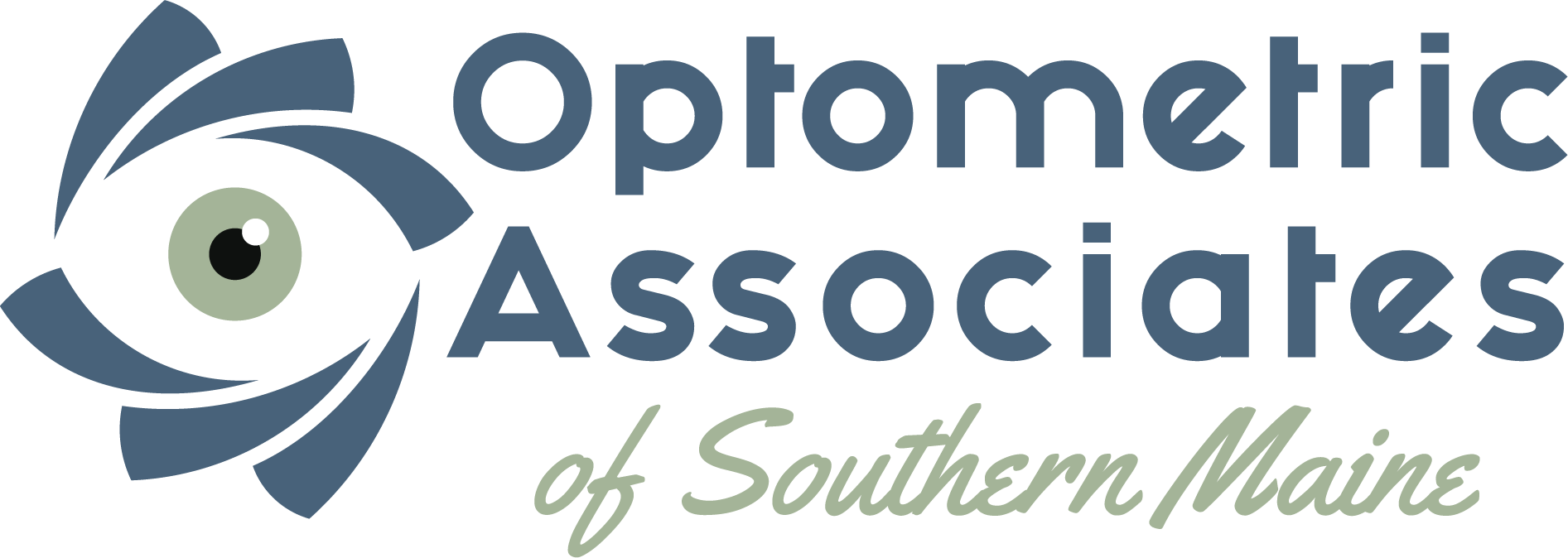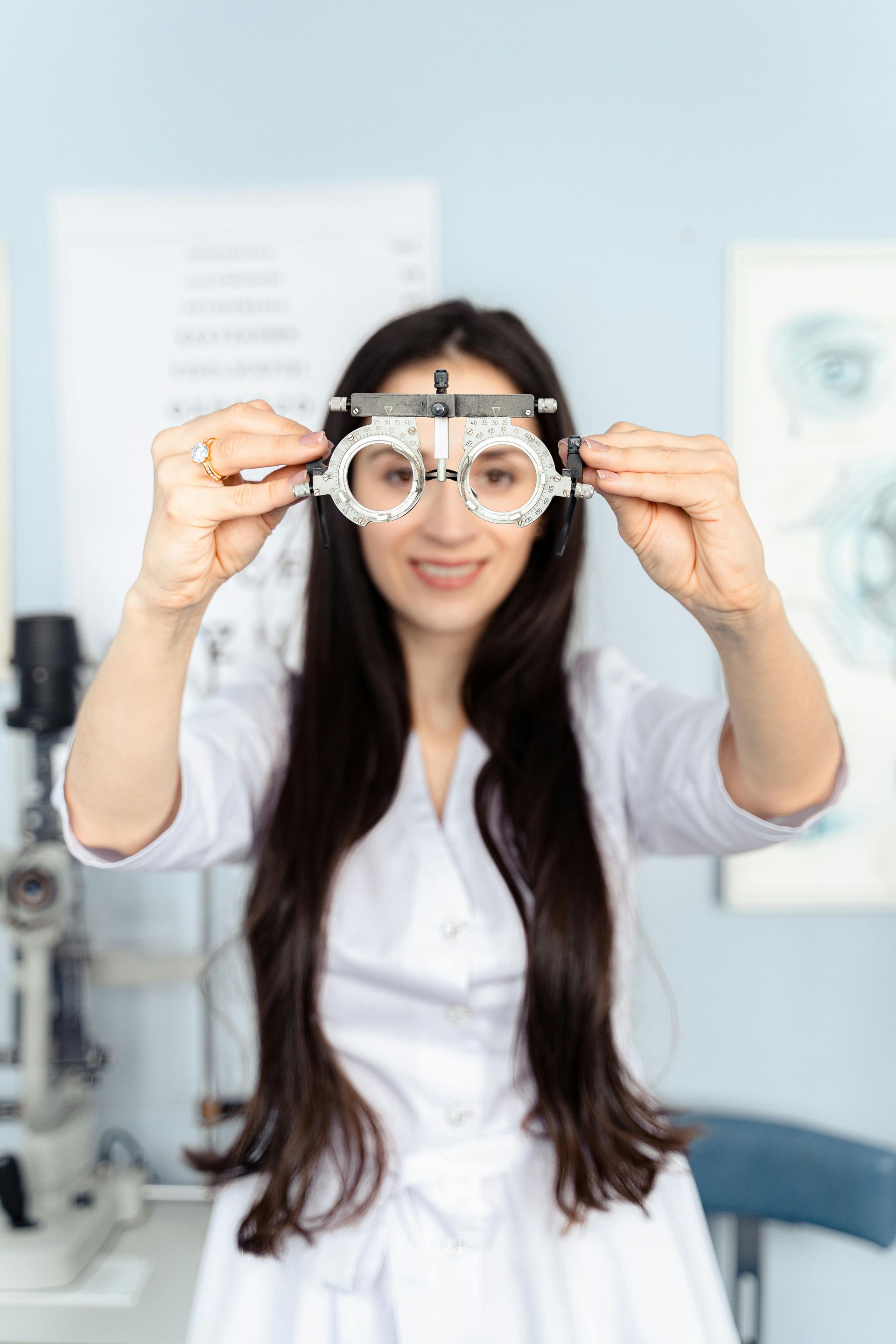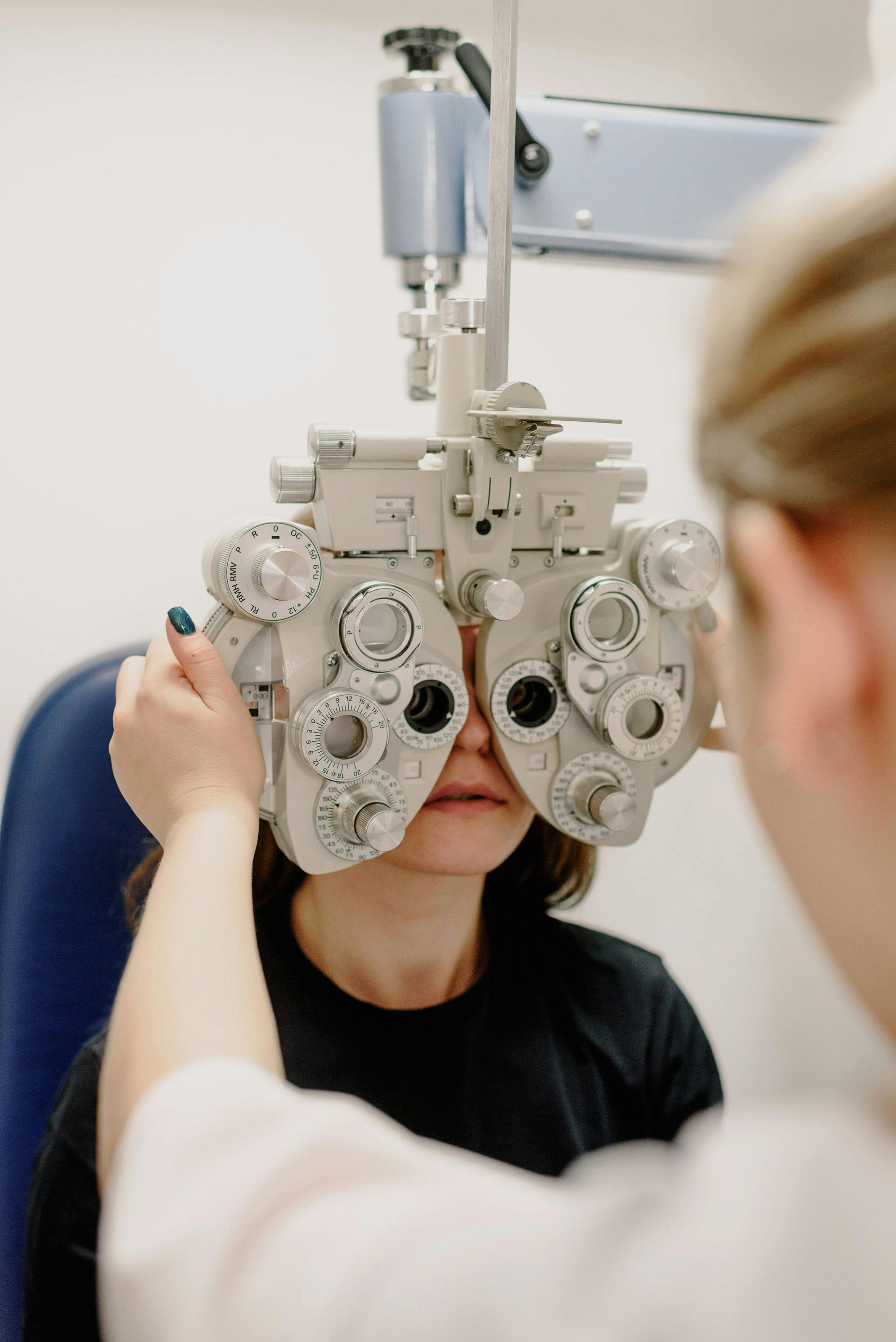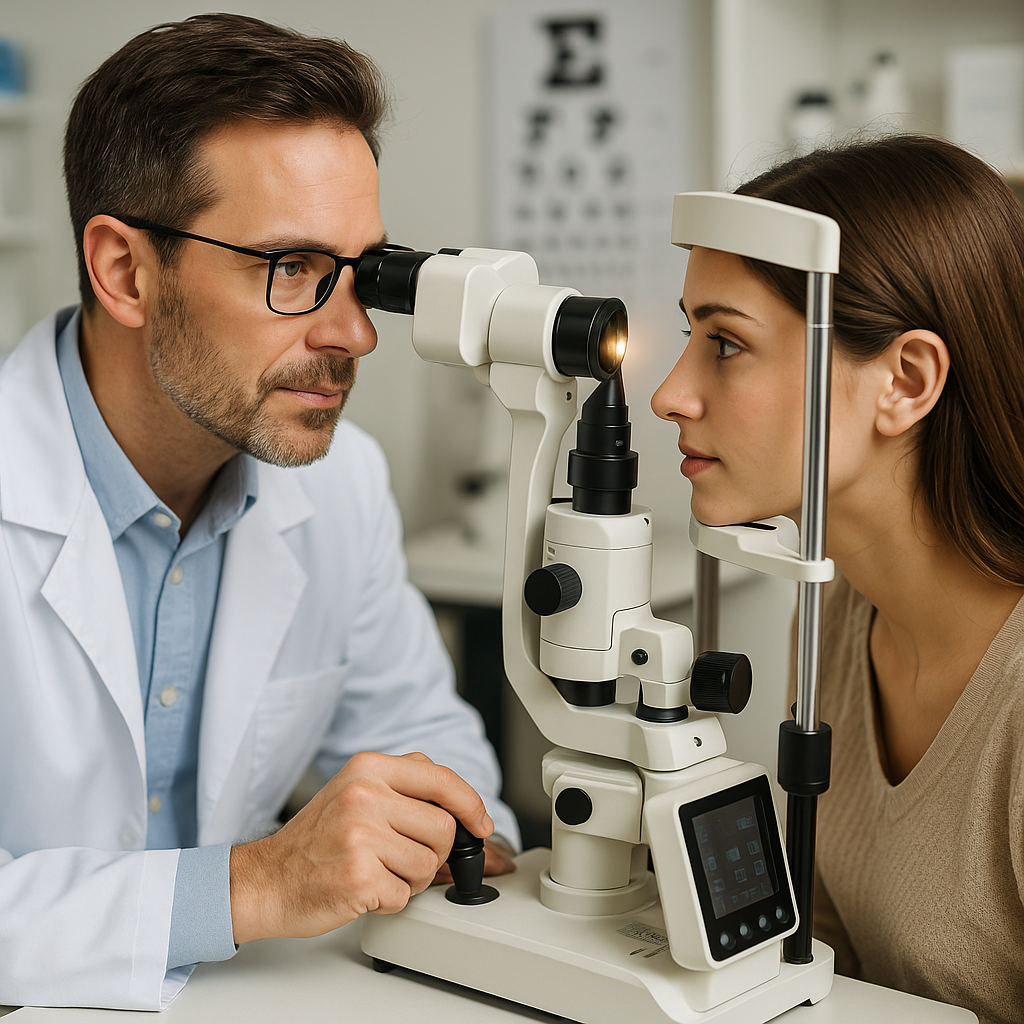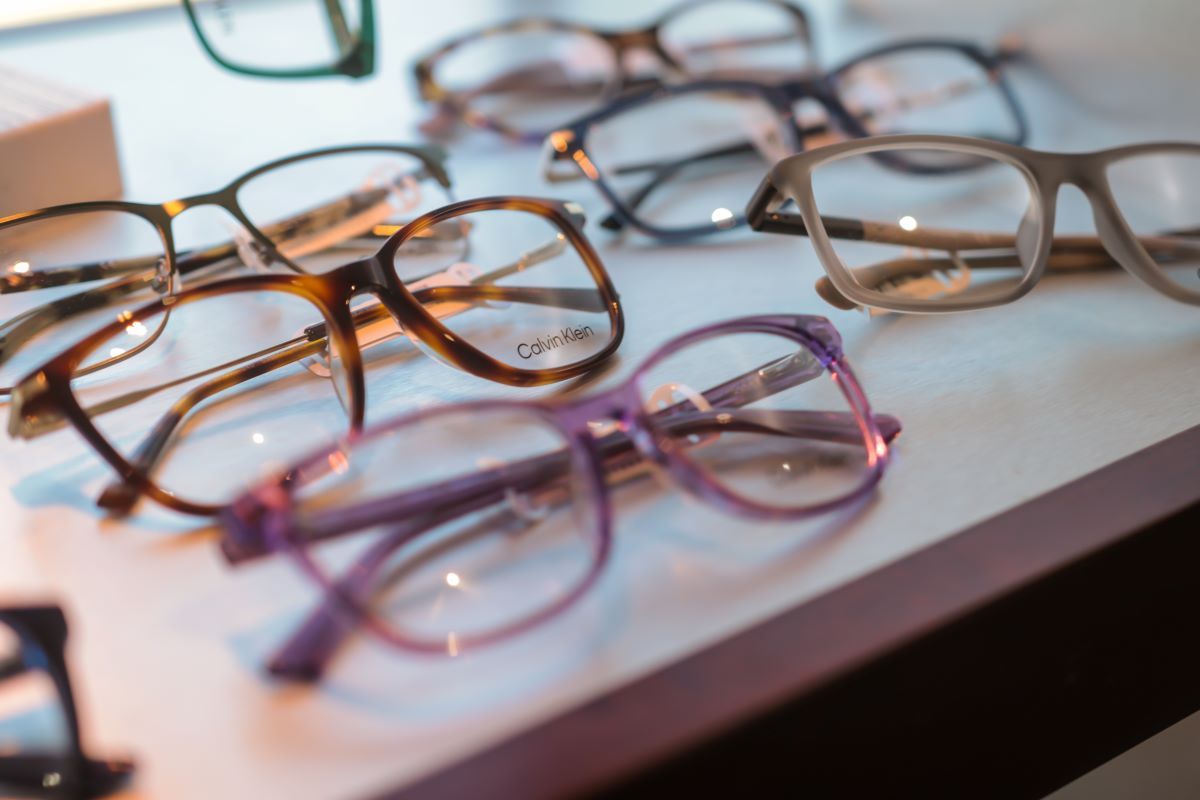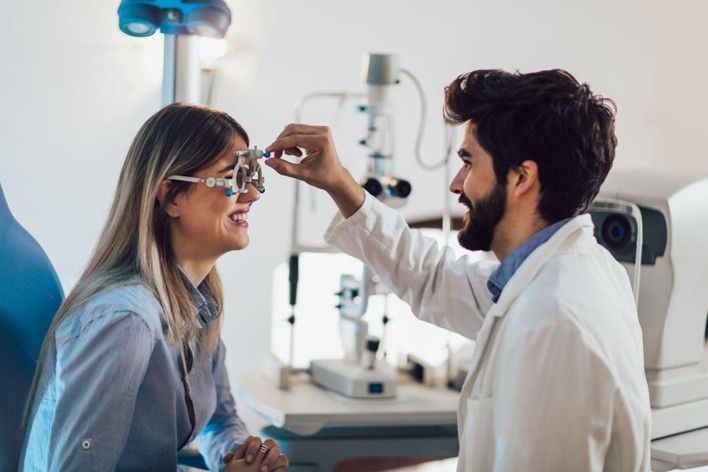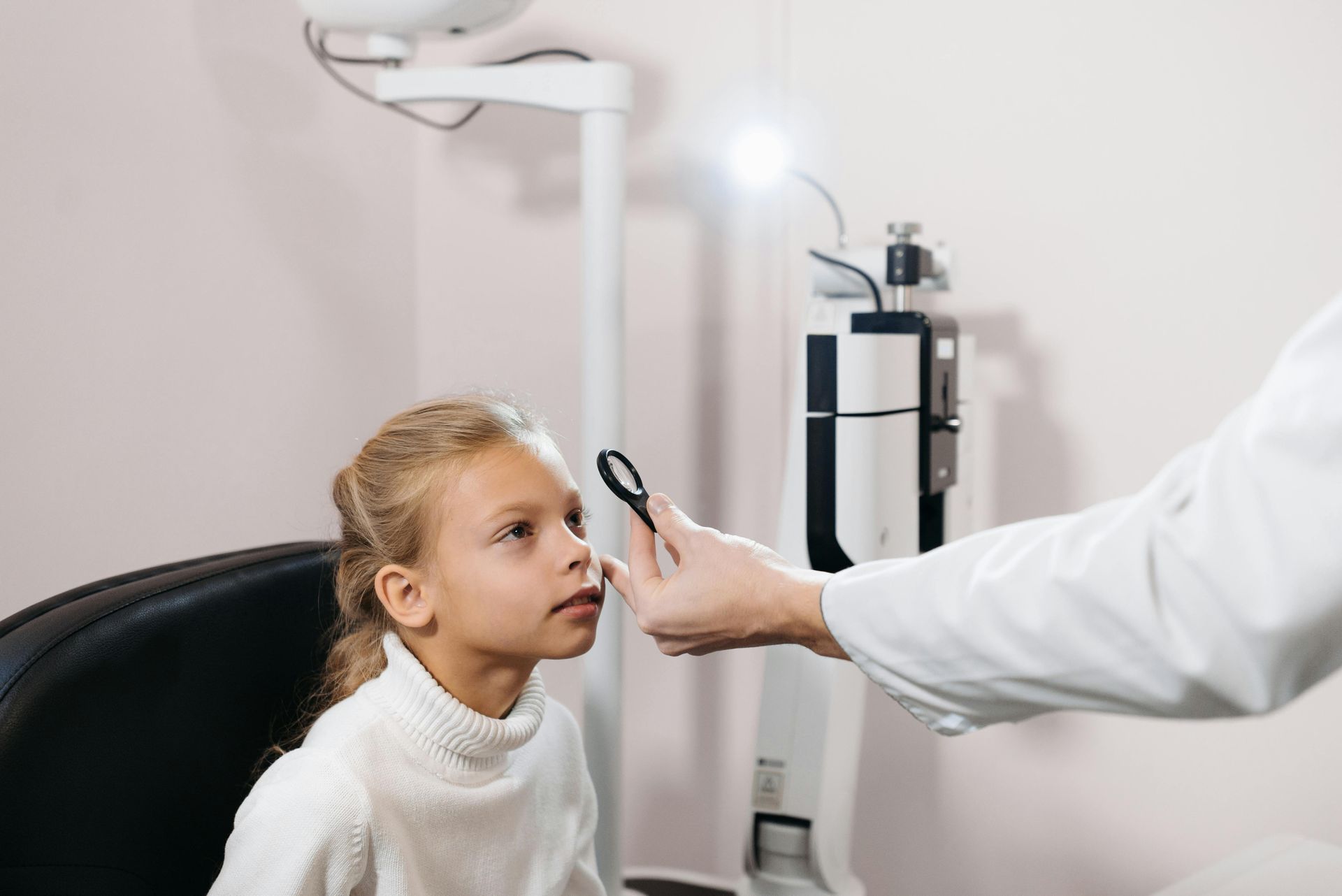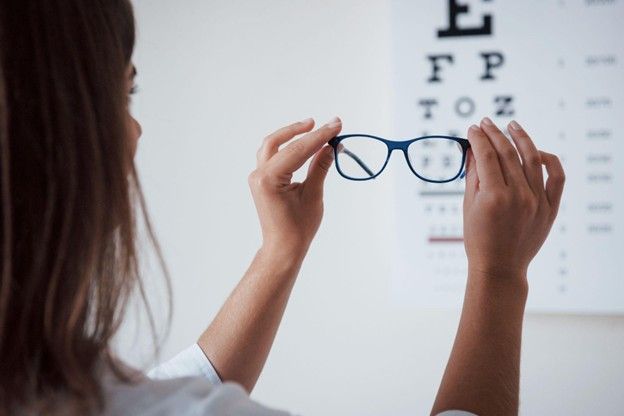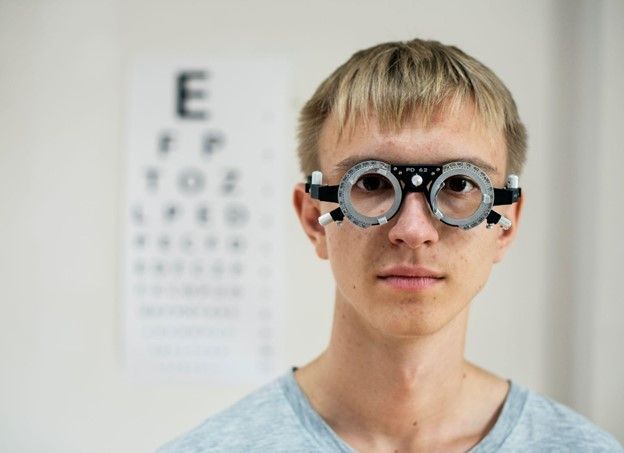When Should Your Child Get Their First Eye Exam
Understanding when to get their eyes checked can help catch problems early and keep their vision on track.

Watching your child grow is exciting. You notice every milestone, from their first steps to their first words. However, one important step can sometimes be overlooked—when to schedule their first eye exam. Good vision plays a big role in a child’s development. It affects how they learn, play, and explore the world around them. Understanding when to get their eyes checked can help catch problems early and keep their vision on track.
Why Early Eye Exams Matter
Many people think children will tell you if they have trouble seeing. However, kids often don’t realize their vision isn’t clear because they assume everyone sees the same way. Some eye problems do not cause obvious symptoms at first. If left untreated, these issues can affect learning and social skills.
Eye exams for children do more than check if they need glasses. They check for conditions like lazy eye, crossed eyes, and focusing problems. Detecting these issues early allows for treatment that can improve vision before permanent damage occurs.
When Should Your Child Have Their First Eye Exam?
Children should have their first comprehensive eye exam at 6 months old. This exam checks how the eyes are developing and looks for any signs of eye health problems. At this age, eye doctors watch for issues that might affect vision later in childhood.
After this initial exam, children should see an eye doctor again at age 3. This exam helps catch problems that can develop as their eyes grow. Between the ages of 3 and 5, vision screenings at school or by pediatricians can be helpful. But these screenings don’t replace a full eye exam.
Once your child starts school, eye exams should happen every year or two. This schedule helps catch vision changes that could affect reading and learning. Kids often need glasses or treatment during their school years, so regular check-ups are important.
Signs Your Child Might Need an Eye Exam Sooner
Sometimes, you don’t have to wait for the routine schedule. Some signs may mean your child needs an eye exam sooner. Watch for:
● Squinting or Blinking Often
● Tilting the Head to See Better
● Complaining of Headaches or Eye Pain
● Difficulty Reading or Avoiding Close Work
● Covering One Eye or Losing Place When Reading
● Rubbing Eyes Frequently
● Sensitivity to Light or Watery Eyes
● Eyes That Appear Crossed or Turned Out
If you notice any of these signs, it’s a good idea to book an appointment with an eye doctor. Early attention can make a big difference.
What Happens During a Child’s Eye Exam?
Eye doctors perform children’s eye exams differently from adult exams. They use fun and engaging methods that fit each child’s age. For babies, the doctor watches how the eyes move and respond to light. For toddlers and young children, the doctor uses pictures, shapes, and simple games to check their vision.
During the exam, the doctor also checks the retina, pupil reaction, and eye alignment to assess eye health. If the doctor finds any vision problems, they explain treatment options. These may include eyeglasses made especially for children, vision therapy, or other types of care.
If you notice any changes in your child’s vision or it’s time for their first eye exam, schedule a visit with us at Optometric Associates of Southern Maine. Our friendly team offers personalized care that helps keep your child’s eyes healthy and vision sharp. Book an appointment today and take the first step toward protecting their sight.
